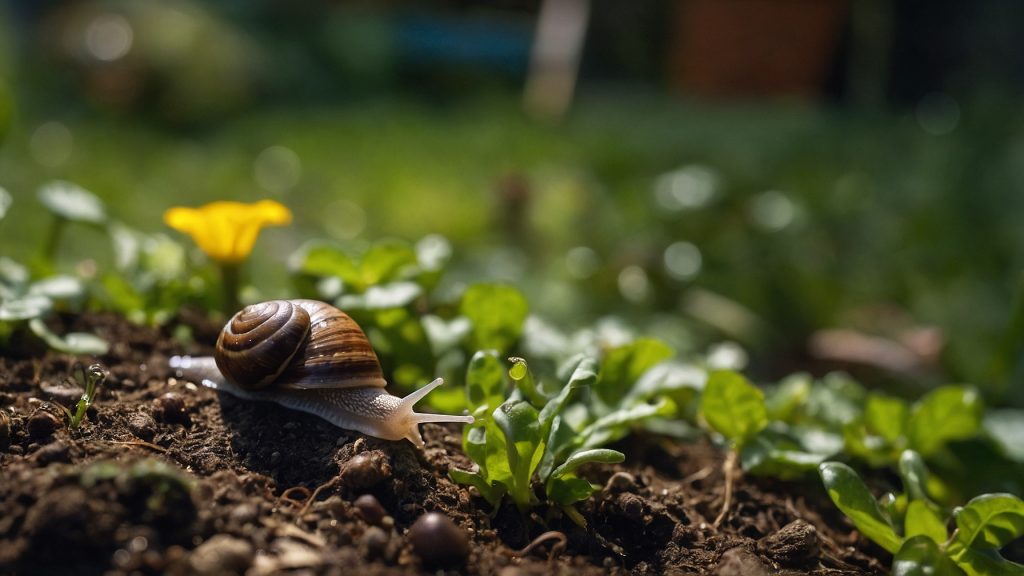As gardeners in Gig Harbor, Washington, eagerly prepare for the growing season, the battle against garden pests becomes a crucial aspect of maintaining a thriving garden. The unique maritime climate in Gig Harbor creates an environment where certain pests can thrive. In this article, we’ll explore common garden pests in the region and effective strategies to keep them at bay.
- Slugs and Snails: Gig Harbor’s moderate temperatures and frequent rain create an ideal habitat for slugs and snails. These slimy intruders can wreak havoc on tender seedlings and young plants. To deter them, consider placing copper barriers around your garden beds, as slugs and snails are known to receive a mild electric shock when they come into contact with copper.
- Aphids: Aphids, those tiny, sap-sucking insects, can quickly multiply and infest your plants. They are attracted to new growth, causing stunted growth and deformation of leaves. Combat aphids by introducing beneficial insects like ladybugs, lacewings, or parasitic wasps, which are natural predators of aphids. Additionally, a strong blast of water can dislodge aphids from plants.
- Cabbage Worms: Cabbage worms are the larvae of white butterflies and can wreak havoc on cabbage, broccoli, and other brassicas. Handpick these green caterpillars when you spot them and encourage natural predators like birds or parasitic wasps. Covering plants with row covers can also prevent adult butterflies from laying eggs.
- Deer: In the lush landscape of Gig Harbor, deer can be a persistent challenge for gardeners. Fencing is often the most effective way to protect your garden from deer browsing. Choose a sturdy fence at least 8 feet tall, or use repellents that emit odors and tastes deer find unappealing, such as garlic or capsaicin-based sprays.
- Slender Western Red Mite: These tiny mites can be a particular problem for fruit trees and shrubs in Gig Harbor. They suck the sap from the undersides of leaves, leading to yellowing and stippling. Introduce predatory mites, like Phytoseiulus persimilis, to control the population. Regularly spraying your plants with a strong stream of water can also help dislodge and control mite populations.
- Wireworms: Wireworms, the larvae of click beetles, can be damaging to root crops like potatoes and carrots. Practice crop rotation to reduce wireworm populations, and consider using beneficial nematodes in the soil to control their numbers. Additionally, maintaining well-drained soil can discourage wireworms from thriving.
- Voles: Voles, often mistaken for mice, can cause significant damage by gnawing on the roots and bulbs of plants. Use exclusion methods such as burying wire mesh around the perimeter of garden beds to prevent voles from accessing your plants. Owl or snake decoys can also deter these rodents.
Conclusion: While pests may pose a challenge to Gig Harbor gardeners, a proactive and integrated approach can help keep these intruders in check. By identifying common pests in the region and implementing environmentally friendly control methods, you can enjoy a flourishing garden that thrives despite the challenges posed by pests. Stay vigilant, be observant, and cultivate a garden that not only survives but truly thrives in the beautiful surroundings of Gig Harbor, Washington. Call Levy’s Lawns and Landscaping at (360) 876-6567 for help in creating your backyard pathways.
